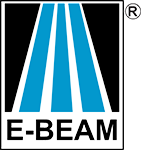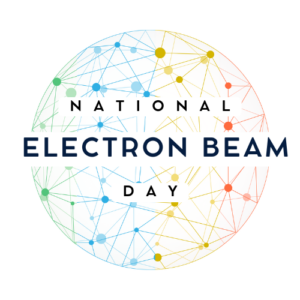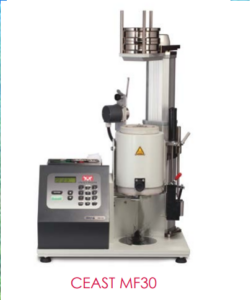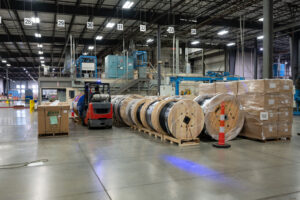Crosslinking
Some Everyday Applications include:
- Gaskets and seals
- Automotive parts
- Connectors
- Mouthguards
- Medical casts
- Plumbing components
- Ice maker tubing
- Risers
- Manifolds
Branching
Crosslinking is generally performed on molded parts, whereas branching is performed on pellets. A much lower dose is needed for long-chain branching than for crosslinking.
Why would someone be looking for branching? Well, when the side chains entangle, it increases the melt strength of the polymer, allowing for downgauging, long draw thermoforming, creation of lower density foams, and other applications. Essentially, when you’re looking to improve the properties of a polymer before it’s molded.
Some Everyday Applications include:
- Foam
- Film
- Extrusion coating
- Extrusion blow molding
- Thermoformed trays and containers
- Automotive interiors
Chain Scissioning
For example, PTFE can be processed to create a micro powder that can be brought to a specific particle size. Specific particle sizes are increasingly useful in products such as inks, coatings and lubricants.
Some everyday applications include:
- Injection molding (reduced warping)
- Films (improved opticals)
- Fiber/textiles
- Packaging
- Cellulosic materials
- Natural rubbers
If you want to look at it another way, crosslinking can be seen as taking different pieces of fabric and stitching them together to make a piece of clothing. Branching is taking that fabric and holding it together using Velcro instead of stitching. And chain scissioning is taking the finished piece of clothing and taking it apart to turn it into something else useful.
—



